By Elaine, Newbridge Library HQ
Reading widely involves reading in a variety of genres and subjects both for pleasure and learning. But how do you do it? It is easy to say “For the next 12 months I will read as much as I can and as widely as I canâ€, but actually managing it is tricky. The best way to succeed in this is to make a reading plan.
A reading plan is a list of books or authors that you want to read and can be kept with pen and paper or on a computer using Word or Excel. Reading plans are not just for authors-children and teenagers can also use them.
The best way to make a reading for children or for teenagers is to sit down with them, ask if they would like to try a reading plan and discuss what topics they want to include in their plan. I would recommend adding a mixture of fiction and non-fiction into your plan, whether it’s an adult’s, teenager’s or child’s list. Having a mix of books for pleasure and for learning in a plan will balance both reading for enjoyment and for education. For example, a child may want to read two Enid Blyton books to every one non-fiction book on topics like vehicles, history, space etc. This is perfectly fine. Additionally, a reading plan doesn’t have to be for the whole year: it can last for as long as the individual wants it to.
When drafting your reading plan, the first thing you need to ask yourself how much time you can realistically spend reading. How much time you have depends on your present situation in life and how fast you can read. If you are working full time with or without a young family, a realistic target would be 2 or 3 books per month. Now that may not sound like a lot, but 2 books per months equals 24 books read annually. Even If you only read 12 books in 12 months, that still gives you room for around 6 different subjects or genres to choose from, for instance, politics, history, social science, gardening, science fiction and crime, while also permitting yourself a few fun reads.
But how do you choose what to read? There are literally billions of books out there and a dizzying myriad of choices available to you through friends, Amazon, your local library and bookshop. The trick is to narrow your focus down to your book target number. For example, let’s say your target is 24 books in 12 months and you decide that you want to read the complete works of Charles Dickens and the biographies of 5 great Irish composers. Ultimately what you put down in your reading plan is up to you and what genres or subjects you want to try.
Once you’ve selected your books, it’s always a good idea to read reviews on them. This can help you decide whether they’re worth your time or not as they will give you an inkling of the book’s qualities and/or shortcomings. The next step is to check whether the books you’ve chosen are available in your library catalogue or online on sites like Project Gutenberg or Internet Archive as this will save you money and help you support your local library. If any of the books are not present in the library catalogue or available online, you may still be able to buy a second-hand copy unless the book has only come out a few months ago. You can even make suggestions of books to buy to your local library too. We are always looking for recommendations.
Now all that’s left to do is to commit to your reading plan and start reading through it book by book. Once you’ve completed each book you can make notes on whether you want to re-read it at another time or not.



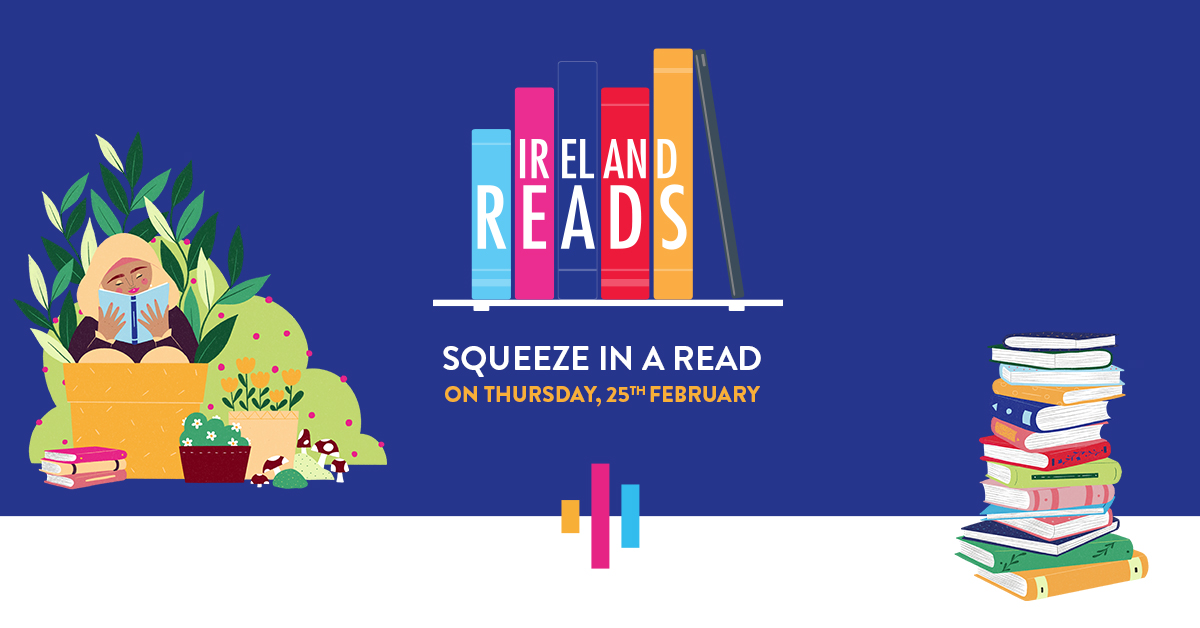
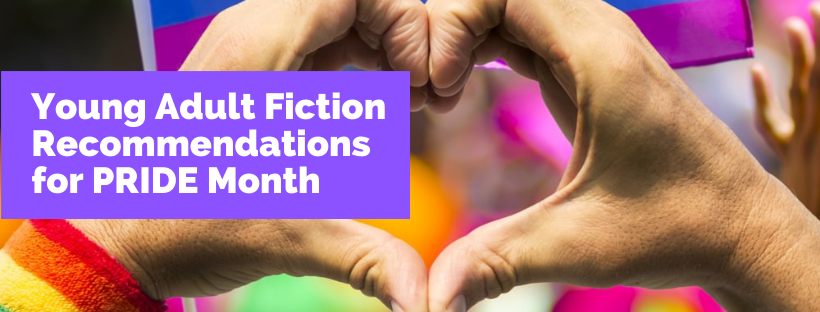

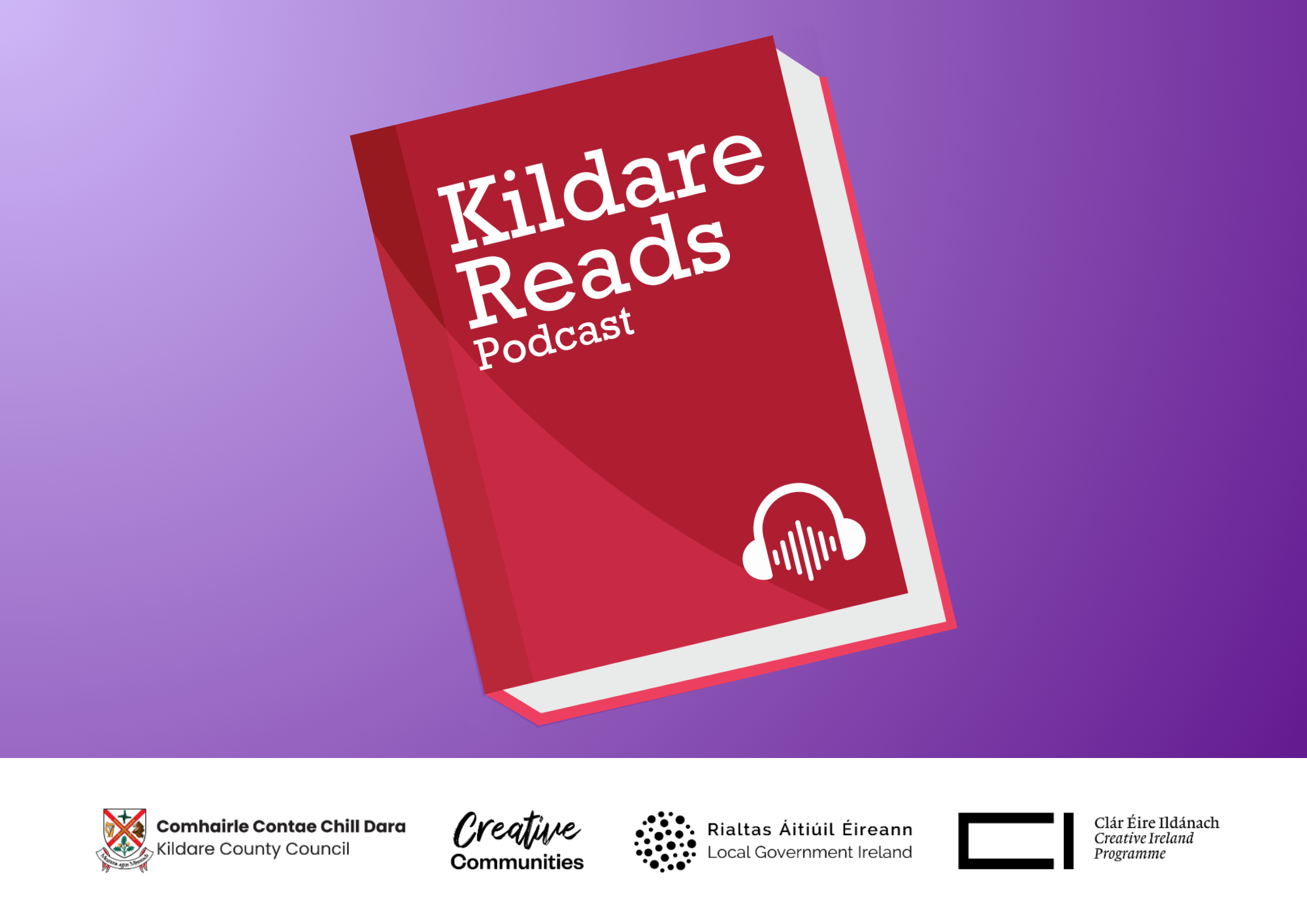
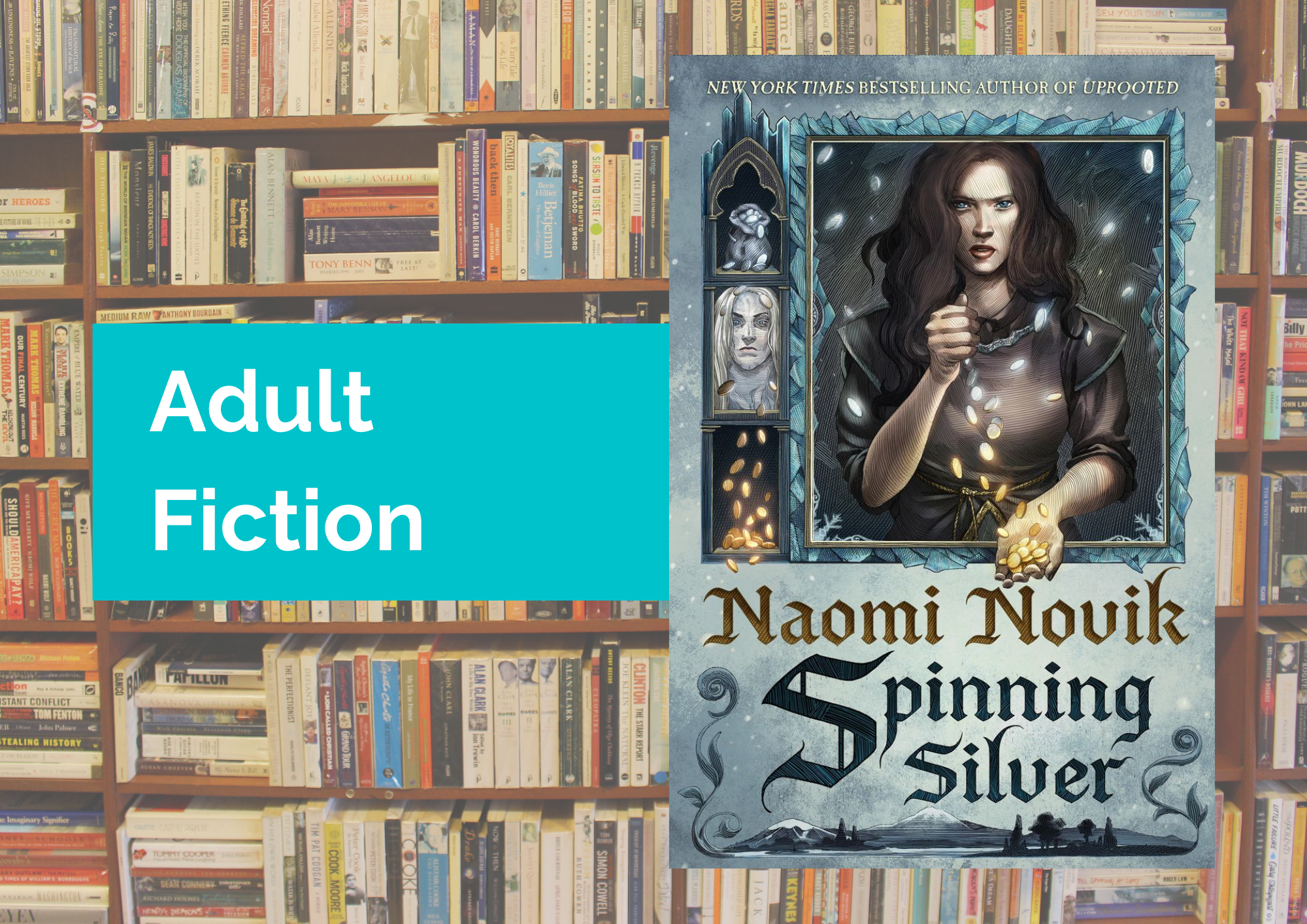
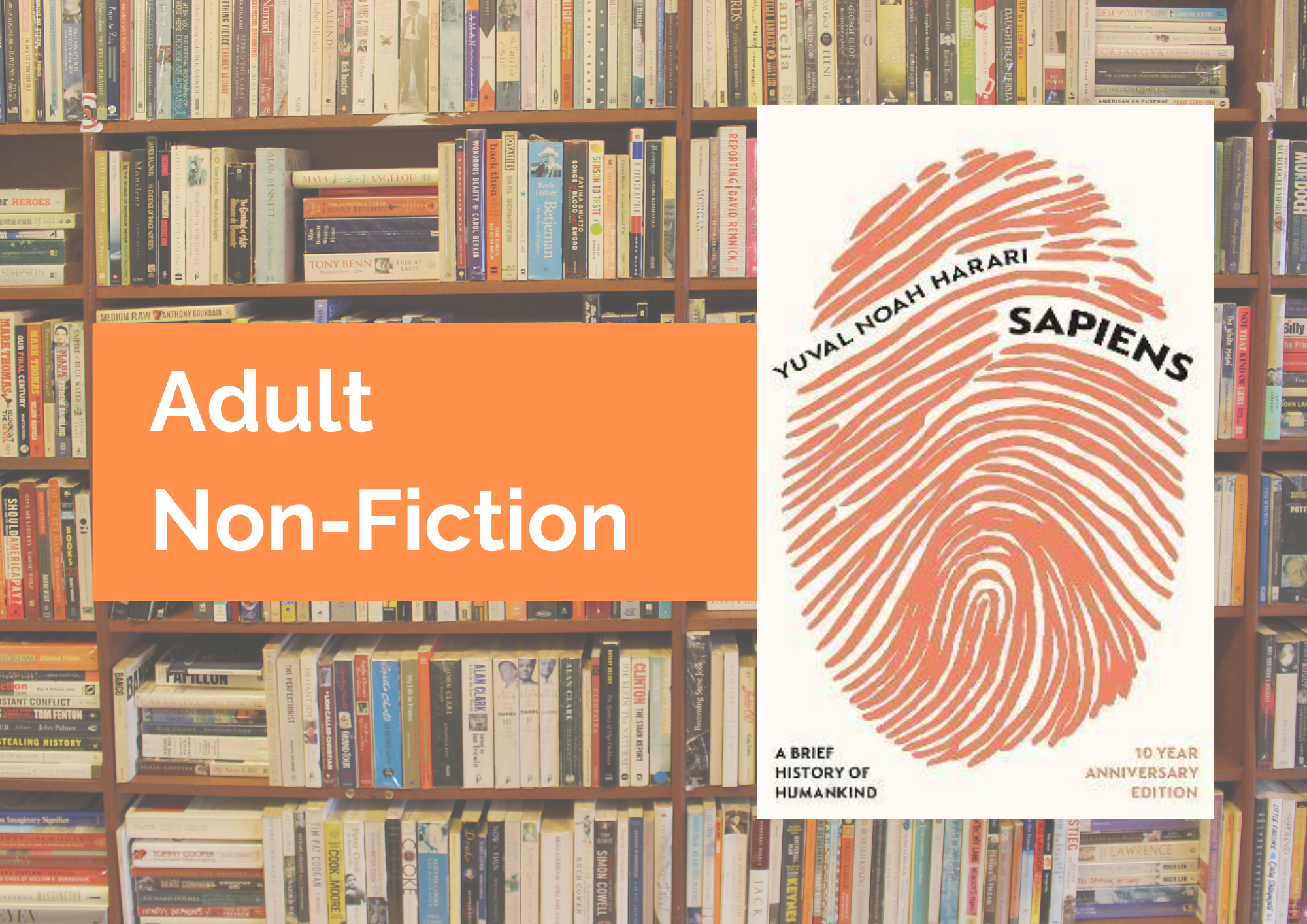
Leave a Reply